Designed by Toshiko Mori the circular structure uses the materials and shapes that Mori explored in her award-winning Thread project, also funded by the Josef and Anni Albers Foundation and Le Korsa, and located about an hour’s drive from Fass in Sinthian.
Mori designed an oval building with an inner courtyard for the school, borrowing its shape from an ancient compound in the region, and used the local workers with traditional skills and materials to build it (a necessity since it is located seven hours from Dakar, across the Gambia River).
She sourced the land for mud-brick walls that are supported by steel and bamboo. The walls were then painted white, an important step that deflects the sun's rays. The school's rooftop is a combination of bamboo and grass-thatched roof, another element that keeps temperatures down in the classroom, 15 degrees cooler inside (temperatures can regularly exceed 41 degrees Celsius in Fass).
"The design is based on a vernacular paradigm of the Senegalese’s ancient collective housing structures. The standard schools in that area are made up of rectangular concrete-block walls and corrugated metal roofs—very unfriendly and alienating structures which become very hot under the sun and incredibly noisy during rainfall."
"Architecturally speaking, I wanted to expand the potential of a familiar, vernacular building typology and to transform it into a new, contemporary icon of their own public institution with shared functions and spaces."
Toshiko Mori
Mori inserted six interior walls within the “donut” to create three classrooms and three indoor-outdoor spaces.
The roof shape is a parametric inversion of the traditional pitched one. It helps divert rainwater from flash floods into a channel that encircles the building and empties belowground toward an existing aquifer. A similar, smaller structure on the site provides housing for two teachers.
The artists’ residency and cultural center complements existing medical clinics, a kindergarten, and a farming school on the site. Its name was inspired by Anni Albers’s work as a textile designer and weaver.
Funding, meanwhile, was provided by Le Korsa supporters Laurel Hixon and Michael Keane, a couple who became aware of the cause and asked guests at their 2016 wedding to donate to it. Plans are now under way for more schools. Says Weber, “People are learning. This is just the beginning.” aflk.org
Project description by Toshiko Mori
Situated in remote Senegal, the new Fass School and Teachers’ Residence is the first school in a region of over 110 villages to provide secular education alongside traditional Quranic teaching. A project completed in collaboration with the Josef and Anni Albers Foundation and Le Korsa, the school can serve up to 300 students from ages 5 through 10.
Inspired by the ‘One Room School House’ in rural America where Josef Albers once taught, the school’s design can accommodate students of different age groups and at diverse stages of development. In the design, four classrooms and two flexible spaces are arranged around an interior courtyard. The oval shape allows for easy circulation between classrooms, allowing the school’s few teachers to move quickly between classes. The variation of the perimeter walls in terms of height and proximity to one another creates a wide variety of sections and experiences through the building.
The building’s shape was inspired by vernacular precedents, while its construction utilized local, traditional skills and materials. The local construction team was provided with instructional diagrams to assist with the sequencing of the structure’s precise geometry— this community involvement throughout every phase allows for easy maintenance over time. Small steel members and bamboo support mud-brick walls, which are painted white to deflect heat, and perforated to allow for ventilation and airflow throughout the building. An inversion of the traditional pitched roof, the thick thatch roof reinforces climactic comfort by providing an effective insulation against extreme heat. A stack effect allows hot air to rise into the peak of the roof while inviting cool air into the spaces. With a roof pitch consistently 45 degrees or greater, the unique form also maximizes rainwater runoff, diverting water into a channel that encircles the building and empties toward an existing aquifer.


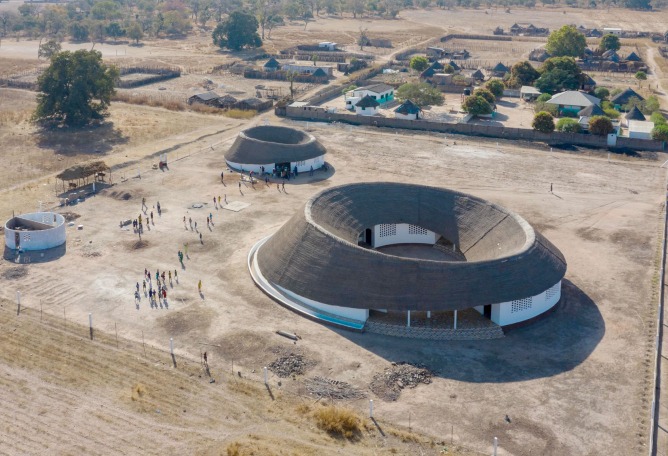

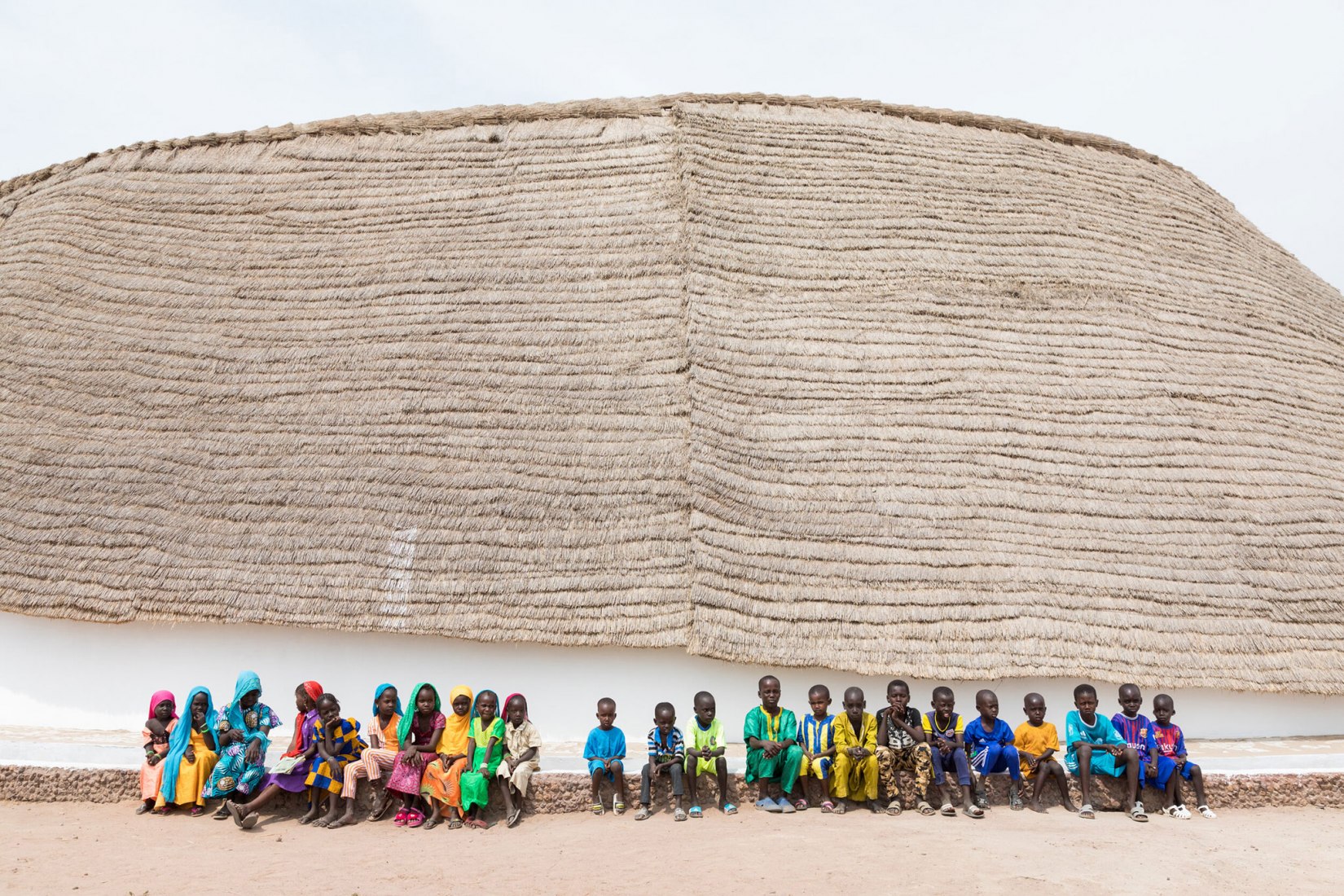






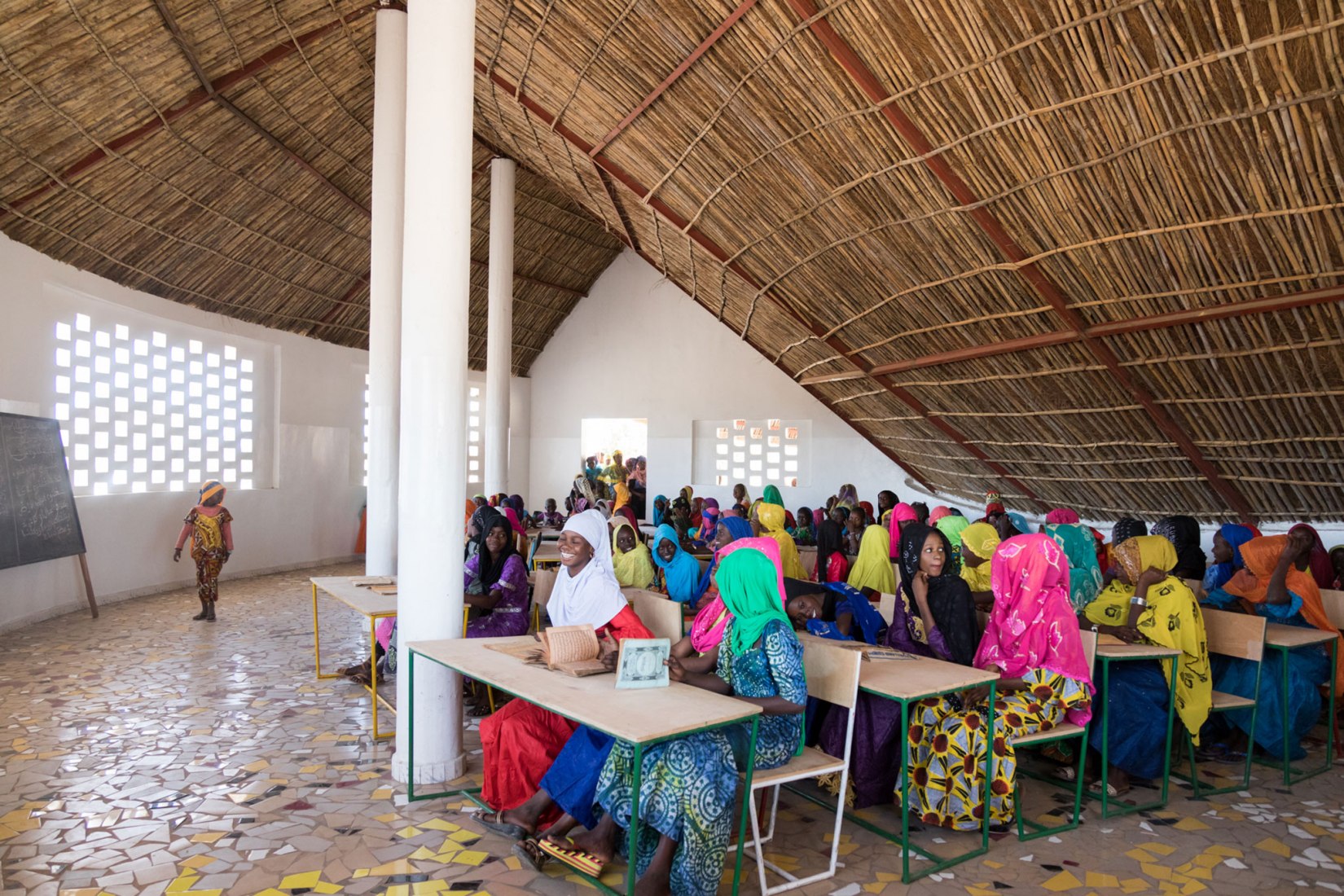


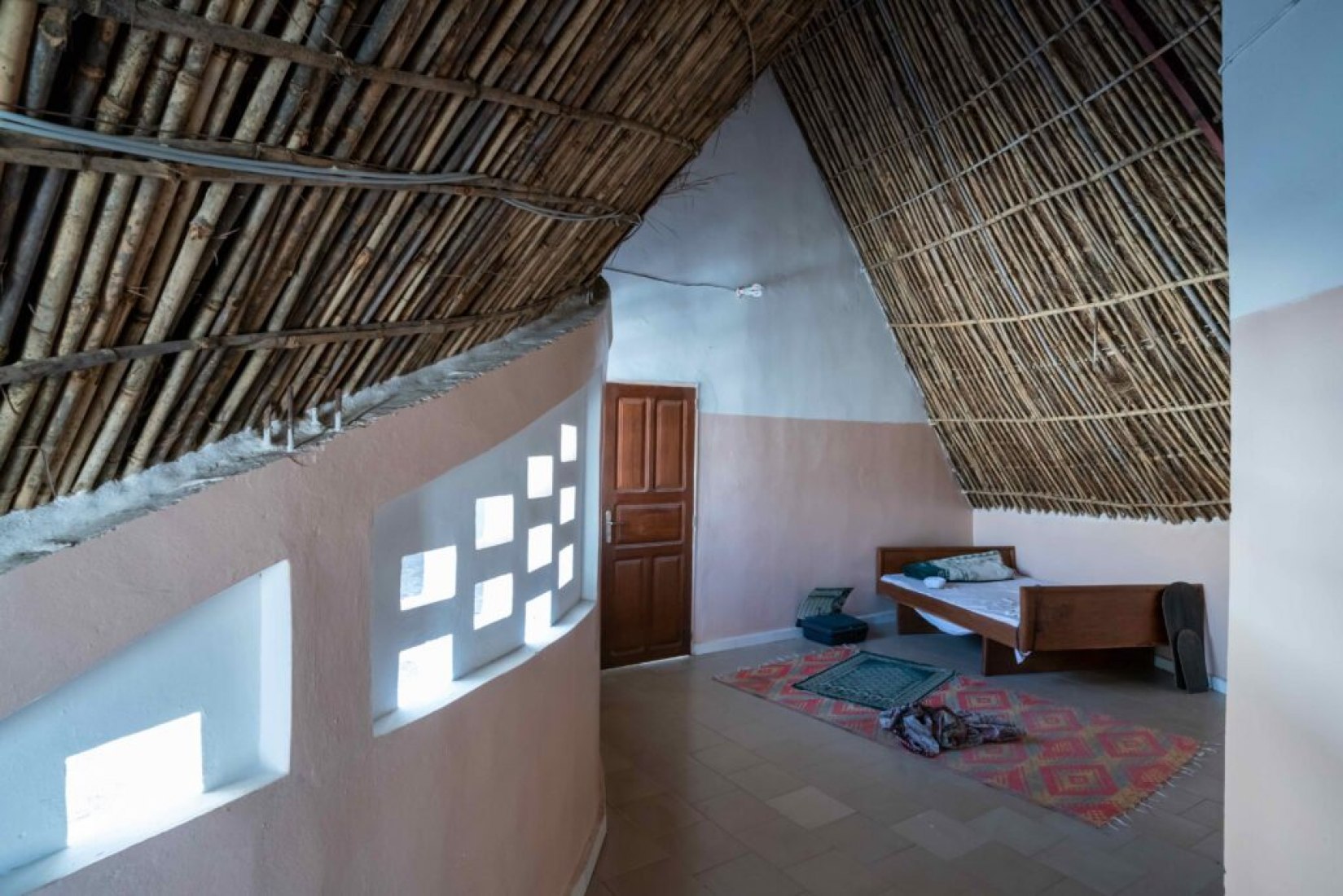

















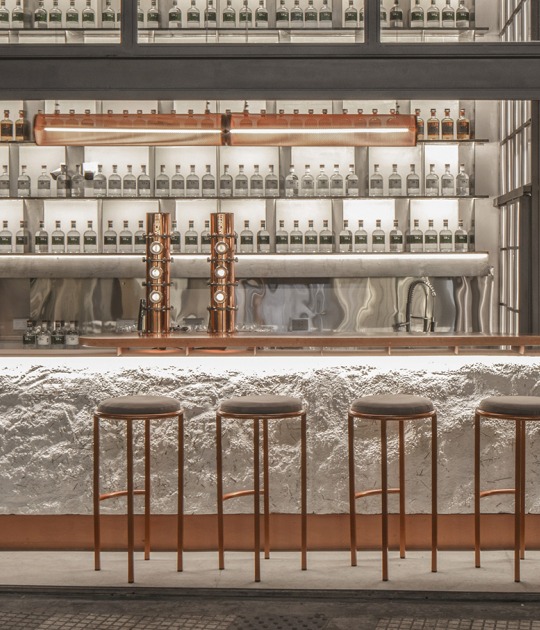






![10 Architecture Studios Led by Women [II] 10 Architecture Studios Led by Women [II]](/sites/default/files/styles/mopis_home_news_category_slider_desktop/public/metalocus_women-arch-2016_eng-8_0.png?h=5c593260&itok=Wb9aNuM7)



